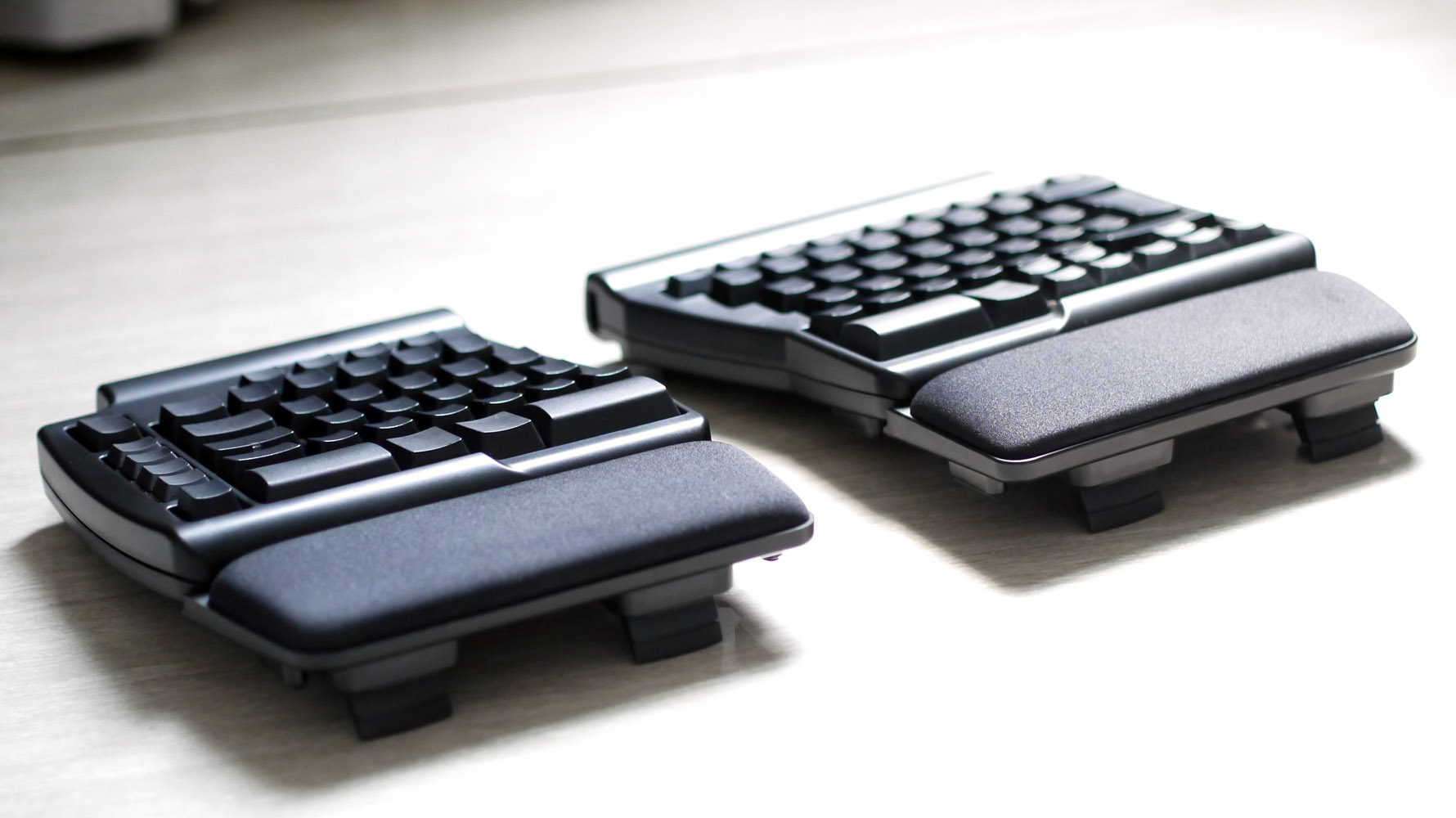Let's also clear up some terminology, as it's typically used in keyboard communities:
Linear: All (or nearly all) resistance is provided by a spring, no tactile event occurs.
Tactile: A notable reduction in force at some point in the travel occurs, usually coinciding with key actuation.
Clicky: The keyswitch makes noise, usually coinciding with key actuation - this is NOT the sound made when a key is bottomed out or topped out.
Clicky linear switches are possible and did happen in the past but don't happen nowadays to my knowledge, so they're out.
If you want a linear switch, Cherry MX black is the original MX switch from 1983 (although vintage ones are widely reputed to be smoother than current production). If you want lower force, MX red is a modern variant of MX black with a lower force spring, and is popular with gamers, or there's now Matias linear switches (which should feel similar to vintage Alps linears, although it's a cost-reduced clone).
If you want a clicky switch, there's always Unicomp's continuations of the Model M, there's Cherry MX blue (lower force - uses the same springs as MX red and brown) and green (higher force - uses the same springs as MX black, intended as a spacebar switch for MX blue boards, but nowadays it's being used in whole keyboards), and there's Matias Click (which feels similar to Alps white switches, although in my opinion a bit "meatier" tactile event and a bit lower force).
If you want tactility without the clickiness, there's several options, although with a caveat that bottoming out and topping out noise is still a consideration. Cherry MX brown (ergo tactile, in Cherry's designation, IIRC - it was designed for an ergonomic board in 1995) is the default here, although in my opinion the tactility is barely noticeable, and the switch does nothing for bottoming out and topping out noise (O-rings can eliminate bottoming out noise). There's also Cherry MX clear, which has a more aggressive tactile bump, and a stiff spring similar to (but not identical) MX black/green, but the same problems exist. Topre switches are a capacitive-sensing rubber dome variant that is liked for its smoothness, but you will pay for it, and there's other rubber domes I'd rather use. Matias makes a "Quiet Click" (the name's a misnomer - it's tactile and quiet) switch which is their attempt at cloning Alps cream switches (as used in keyboards like the Apple Extended Keyboard II), and I didn't like the feel of the Quiet Pro that I tried (even compared to Topre), but it could've been that specific keyboard - but, Alps cream and Matias "Quiet Click" both deal with bottoming out and topping out noise with rubber dampers, so they're among the quietest (the only premium keyboards that can give them a run for their money in quietness are Topre Type-S keyboards).
Also, there are some modifications that can be done to silence buckling spring - IBM sold a model with greased springs, which dampens the click with minimal effect to tactility, and some people have tried modifications involving dental floss, too.
Now, what feels the most like retro clicky keyboards, to answer the original question in the OP? Unicomp's keyboards (they don't feel exactly like retro Model Ms, but they're very, very close - a bit lower force IMO, but I like that), as well as the Matias Tactile Pro line (which feels pretty close to Alps whites, with some elements of even older Alps switches in the feel).


